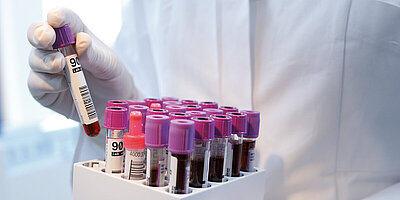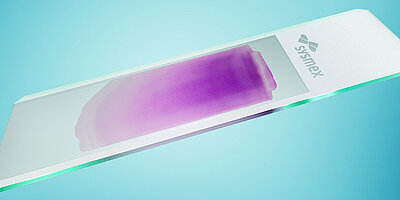Digital imaging solutions
Manual differentials of white blood cells are time-consuming, labour-intensive and subjective. Their method has not changed much in decades, but the quality, ergonomics and automation of microscopes have. Digital imaging can now make your work far easier, more effective and more efficient.
Manual blood cell evaluation demands a strong combination of experience and training to achieve an acceptable level of competency. Specific identification of individual white cells occurs by subjective interpretation of various cellular features. This is influenced by how a cell appears relative to other cells on the slide. Often, there are atypical forms of a cell type present due to disease or treatment that is being administered at the time. Since it is not uncommon for technologists to disagree on the identity of a cell, laboratories struggle to improve the consistency of results.
Here’s how our digital imaging solutions come into play. They not only help with standardisation, but also save your time. Instead of manual counting and data handling, the systems automatically find, classify and display cells on a single screen and record all data fully electronically.



